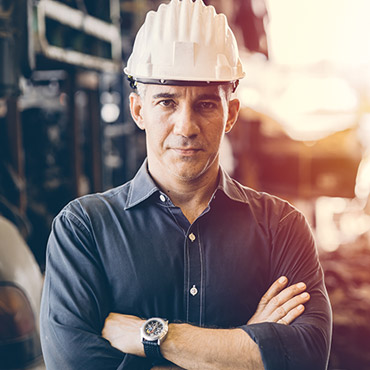The construction industry isn’t just about erecting structures; it’s a dynamic force that shapes the very fabric of communities. The impact of construction on local development goes far beyond the visible structures, influencing economic growth, social dynamics, and the overall well-being of residents. Let’s explore the profound effects construction has on community building.
1. Economic Stimulus
Construction projects act as catalysts for economic growth within communities. The development of residential, commercial, and infrastructure projects generates job opportunities, injecting funds into the local economy. From skilled labor to support services, the ripple effect of construction-related employment contributes to a thriving local economy.
2. Enhanced Infrastructure
Investments in construction lead to improved infrastructure, a cornerstone for community development. Roads, bridges, utilities, and public spaces not only enhance connectivity but also elevate the overall quality of life for residents. Access to better infrastructure fosters a sense of pride and connectivity within the community.
3. Community Spaces and Amenities
Construction projects often include the creation of community spaces and amenities. Parks, recreational facilities, and communal gathering areas become focal points that encourage social interaction. These spaces play a vital role in fostering a sense of community identity and belonging.
4. Increased Property Values
The construction of well-designed and strategically planned developments can positively impact property values in the surrounding area. As neighborhoods evolve and improve, property values tend to rise, providing homeowners with a tangible return on investment and a sense of financial security.
5. Social Cohesion and Identity
Construction projects contribute to the social fabric of communities by creating spaces that promote social cohesion and identity. From residential neighborhoods with a shared aesthetic to commercial developments that become community hubs, construction projects shape the physical environment that residents identify with and take pride in.
6. Educational Opportunities
The development of educational facilities is a key aspect of community building through construction. Schools, colleges, and learning centers not only provide valuable resources for residents but also contribute to the intellectual and social development of the community’s future generations.
7. Sustainable Practices
In an era where sustainability is paramount, construction projects play a pivotal role in promoting environmentally friendly practices. Sustainable designs, energy-efficient buildings, and green spaces contribute to the overall well-being of the community and set the stage for a more ecologically conscious future.
8. Local Collaboration and Engagement
Successful construction projects involve collaboration with local stakeholders, including residents, businesses, and local authorities. Engaging the community in the planning and development process fosters a sense of ownership and ensures that the project aligns with the unique needs and aspirations of the local population.
Taameer UK: Building Communities, Not Just Structures
At Taameer UK, our commitment extends beyond bricks and mortar; it encompasses the holistic development of communities. Through careful planning, sustainable practices, and a community-centric approach, we strive to positively impact local development. Each project is a testament to our belief that construction is not just about building structures; it’s about building communities that flourish, thrive, and stand the test of time. Join us on this journey where construction becomes a catalyst for meaningful and sustainable community building.


Leave A Comment